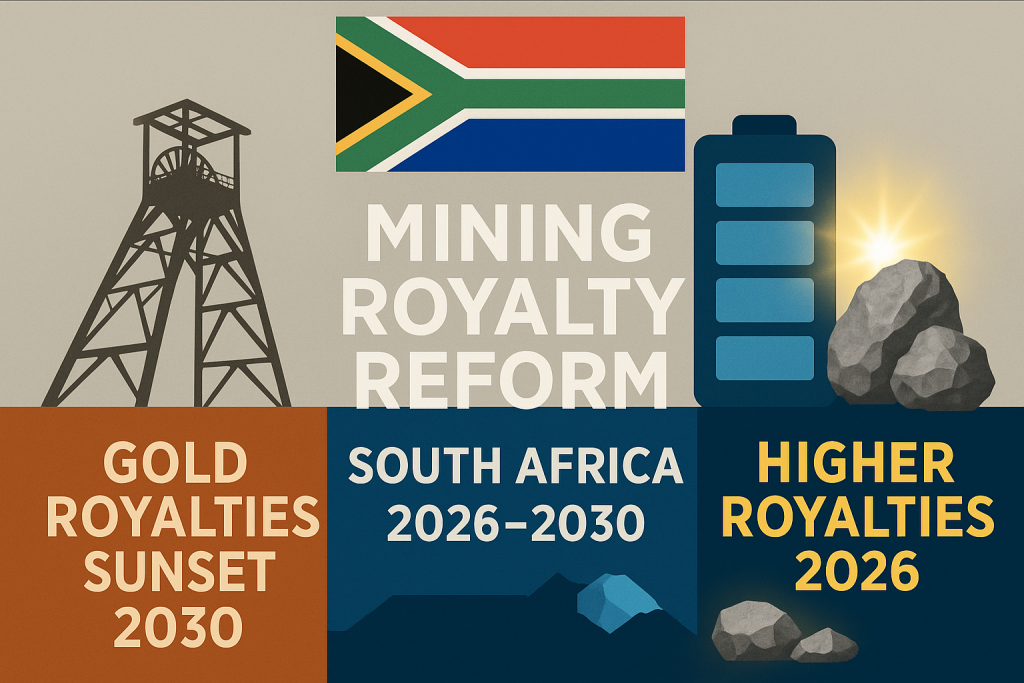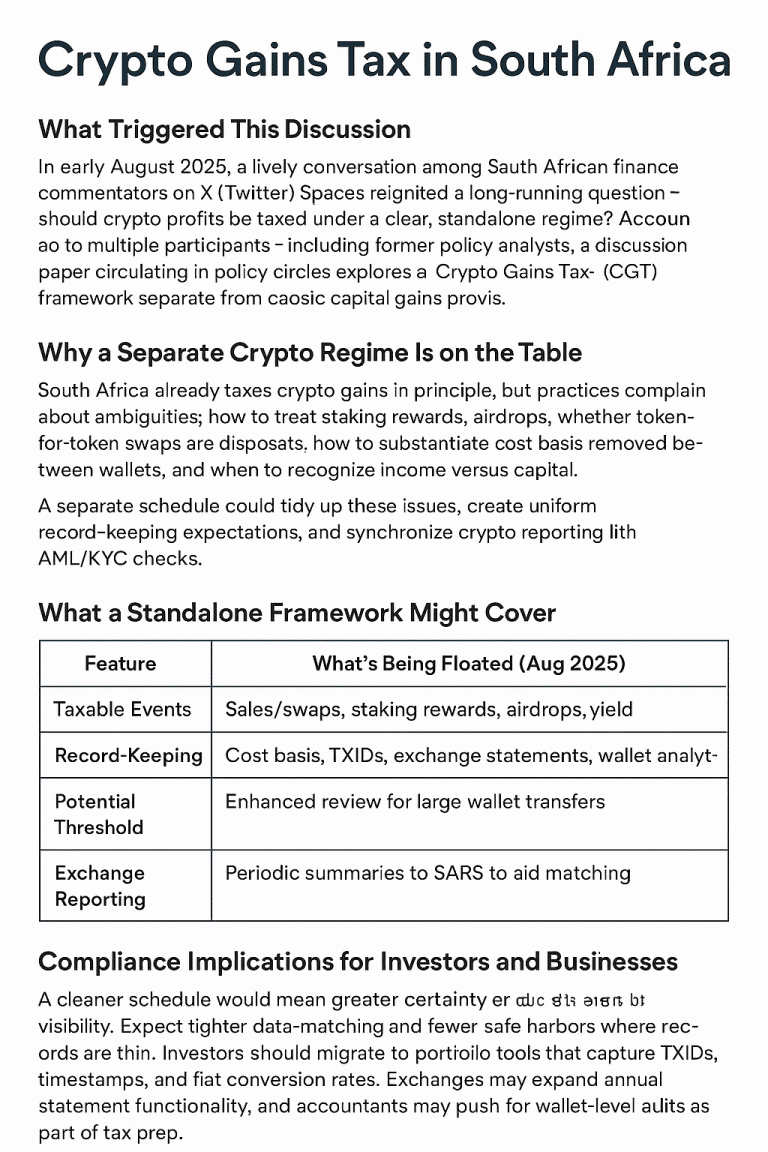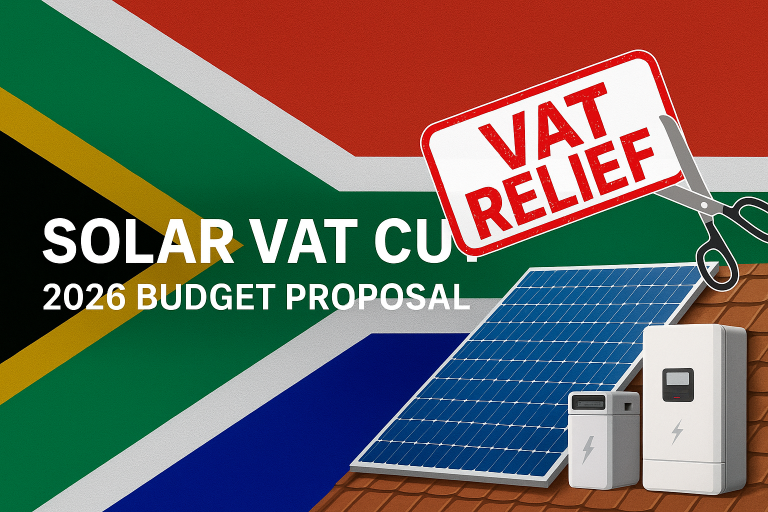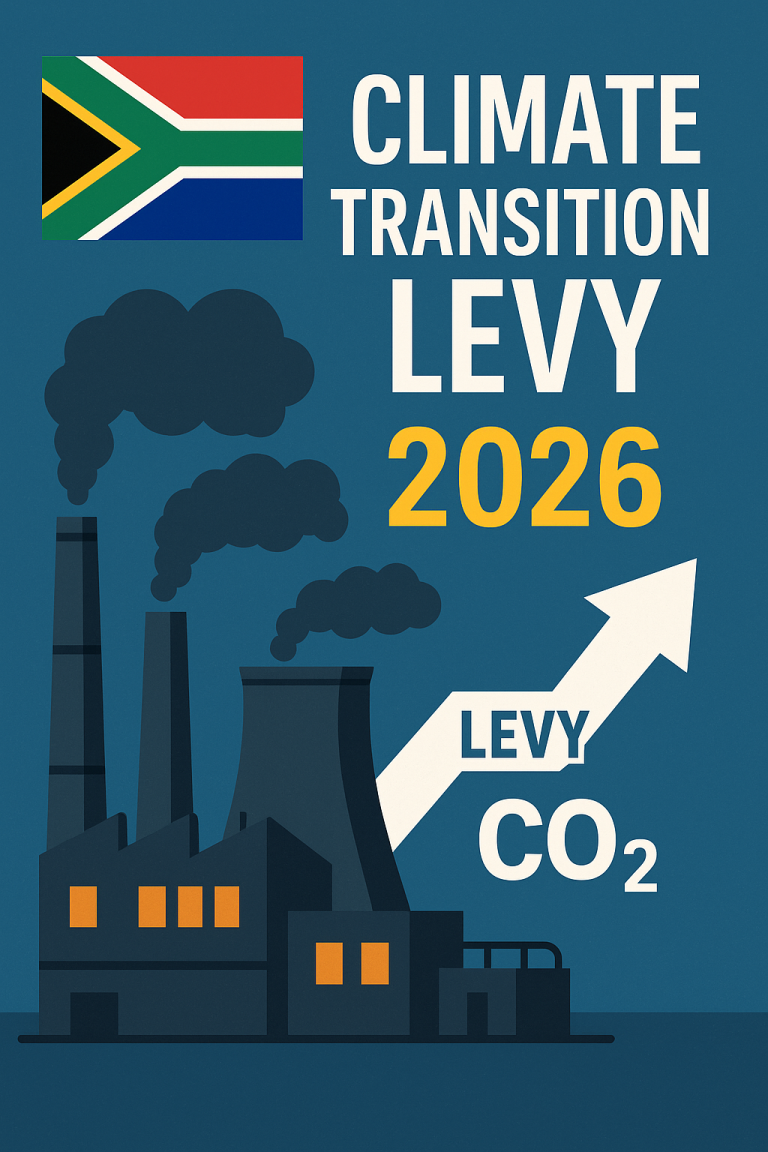South Africa Mining Royalties: Gold Phased Out Lithium Costs Rise
South Africa is preparing a bold reform of its mining royalty system. Draft legislation under review suggests a sunset clause for gold royalties by 2030, while increasing state revenue take on lithium, rare earths, and other critical minerals.
See Also: SASSA Status Check

The plan reflects Pretoria’s balancing act: support declining gold producers facing higher costs, while capturing more value from minerals central to the electric vehicle (EV) and renewable energy boom. If enacted, the reforms could reshape South Africa’s mining sector for decades.
Install: SASSA App
Why Gold Prices Are Down
Declining Production
South Africa’s gold output has fallen from over 1,000 tonnes in the 1970s to under 100 tonnes today. High costs and aging mines mean revenues are shrinking.
[Image Placeholder: Infographic line graph: “Gold Production 1970s → 2025” showing sharp decline.]
Supporting Struggling Miners
Treasury officials argue that phasing out royalties could keep marginal gold mines open longer, protecting jobs in provinces like Gauteng and Free State.
Lithium & Rare Earths in the Spotlight
EV Demand Driving Change
Lithium and rare earths are vital for batteries, EV motors, and renewable technologies. Global prices have surged, and South Africa wants a bigger fiscal share.
Proposed Higher Rates
Draft proposals suggest raising royalty rates by 3–5% for lithium and rare earth producers. The goal is to capture windfall profits without discouraging investment.
Balancing Investor Confidence and State Revenue
Industry Concerns
Mining companies warn higher royalties may reduce competitiveness, especially against countries with lighter fiscal regimes like Namibia and Botswana.
[Image Placeholder: Infographic: Map of Southern Africa with arrows: “Botswana Royalties 5%”, “Namibia 6%”, “SA Proposed 10%”.]
State’s Fiscal Needs
South Africa faces budget pressures — from Eskom bailouts to social spending. Higher mineral royalties could generate R15–20bn annually.
Global Context and Lessons
Chile and Indonesia Models
Chile raised lithium royalties recently, while Indonesia has tightened rare earth export rules. South Africa sees an opportunity to align with global shifts.
[Image Placeholder: Infographic: World map highlighting Chile, Indonesia, South Africa with arrows “Resource Royalties ↑”.]
Strategic Minerals Policy
Global trade wars over minerals are intensifying. A stronger royalty regime positions South Africa as both a reliable supplier and a sovereign demanding fair value.
Check Out (For SASSA Beneficeries): SASSA Payment Dates
Business and Policy Guidance
For Mining Companies
- Reassess long-term project economics under new royalty rates.
- Diversify portfolios to include downstream processing for more value capture.
- Engage in policy consultations to shape fair terms.
For Policymakers
- Phase changes gradually to maintain investor confidence.
- Provide clarity on sunset timelines for gold.
- Ringfence revenues for infrastructure and community development.
Conclusion
South Africa’s mining royalty reform is about adapting to a new resource era. By phasing out gold royalties while raising rates on lithium and rare earths, Pretoria aims to:
- Protect legacy jobs,
- Capture fair value from EV-driven demand,
- And strengthen fiscal resilience.
If implemented in 2026–2030, this policy will mark a turning point: from an economy tied to fading gold mines, to one plugged into the future of electric vehicles and clean energy.






